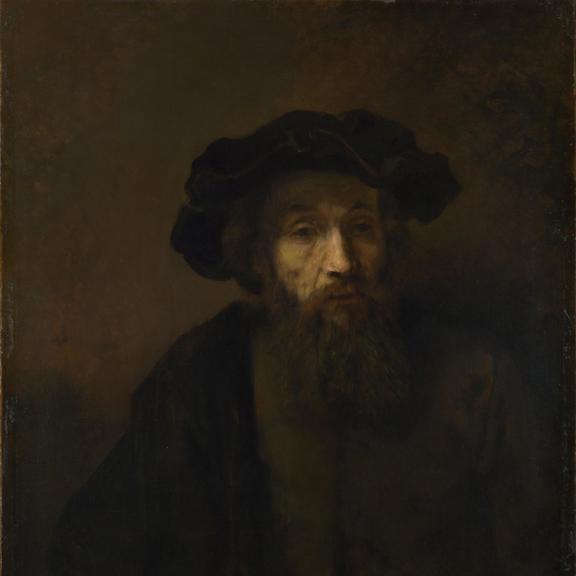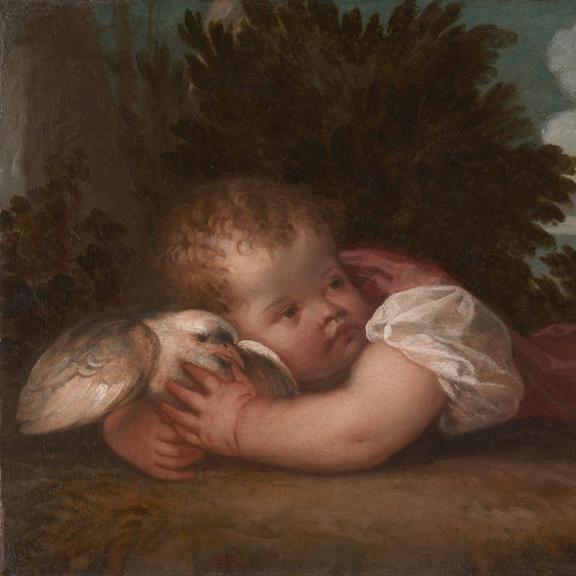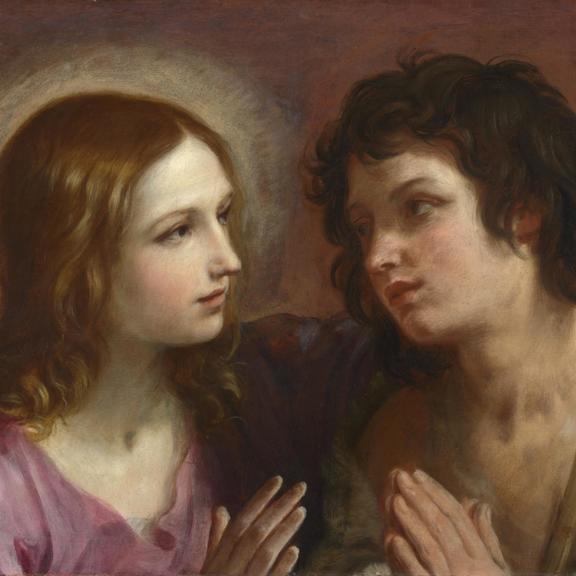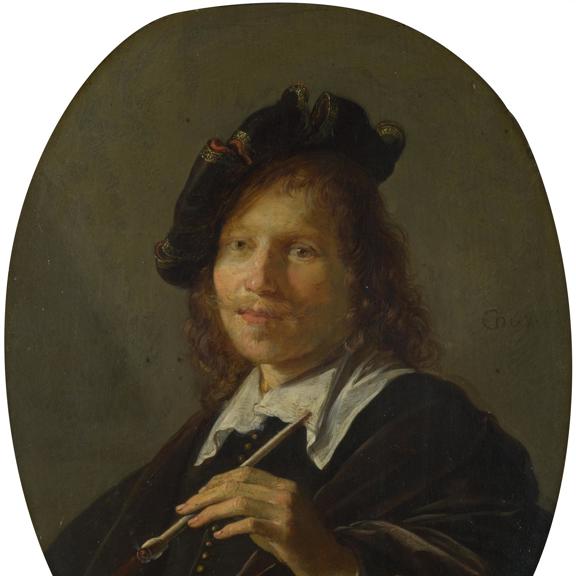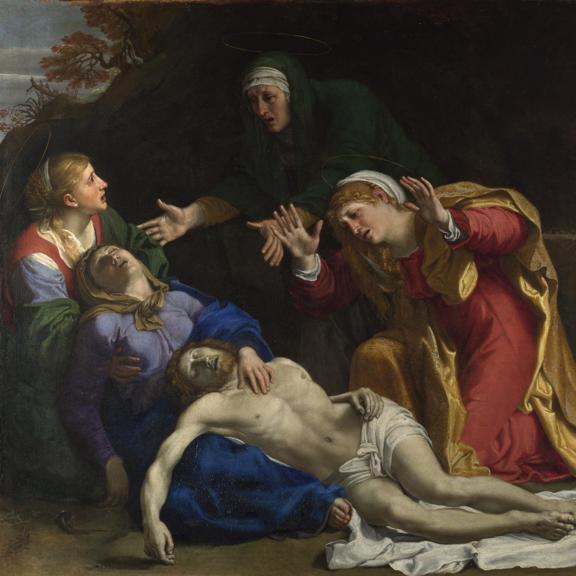Inferred to have been the man who was the Governor of the Bank of England 1816–1818. Patron of Charles Lock Eastlake (q.v.) and dedicatee of his translation of Goethe’s Theory of Colours (London, 1840).
Jeremiah Harman
This person is the subject of ongoing research. We have started by researching their relationship to the enslavement of people.
Biographical notes
Summary of activity
Jeremiah Harman is inferred to be the son of John Harman, and a principal partner in Harman and Co, a banking firm founded in 1740 by Quaker partners Jonathan Gurnell and Joseph Hoare. Hoare’s brother was Samuel Hoare Junior, a prominent abolitionist, and the firm had close ties with the Society for the Abolition of the Slave Trade. From 1794–1827 Harman was director of the Bank of England, and from 1816–1818 its Governor.
Harman is also listed as a subscriber to the London Committee for the Society for the Abolition of the Slave Trade organised on 22 May 1787. However, Harman continued to finance the slave trade through the provision of mortgages, and he also benefitted from the compensation paid after the abolition of slavery. He appears in the compensation records for three claims on estates and their enslaved people in St Kitts, which relates to a loan of £5,000 he made as part of a group of lenders (each of whom lent this sum) to the failing firm of Manning & Anderdon. In each of the claims, two dated 23 January 1836 and one dated 23 February 1836 he is listed as a beneficiary (as is Alexander Baring, q.v.).
In 1797 he acquired the Orleans collection of pictures from Walter Boyd, which he sold in 1798 to the 3rd Duke of Bridgewater. On the death of his father in 1817 he inherited Higham House in Woodford, north of London. He was a patron of Charles Lock Eastlake (q.v.) and dedicatee of his translation of Goethe’s Theory of Colours (London, 1840). He commissioned Eastlake’s first painting, The Raising of Jairus' Daughter (1812).
Slavery connections
In what appears to have been an attempt to rescue the failing firm of Manning & Anderdon, Jeremiah Harman lent £5,000 and was assigned a share in three St Kitts estates and the enslaved people on them.
Abolition connections
Harman is listed as a subscriber to the London Committee for the Society for the Abolition of the Slave Trade organised on 22 May 1787.
National Gallery painting connections
Former owner: NG purchased from Harman in 1844: Rembrandt, A Bearded Man in a Cap (NG190); Guido Reni, Christ embracing Saint John the Baptist (NG191) and Gerrit Dou, Portrait of a Man (NG192).
Bibliography
History of Parliament Trust (ed.), The History of Parliament: British Political, Social & Local History, London 1964-, https://www.historyofparliamentonline.org/
Checked and not found
— Item on publisher's website
C. Matthew et al. (eds), Oxford Dictionary of National Biography, Oxford 1992-, https://www.oxforddnb.com/
Checked and not found
— Item on publisher's website
J. Turner et al. (eds), Grove Art Online, Oxford 1998-, https://www.oxfordartonline.com/groveart/
Checked and not found
— Item on publisher's website
UCL Department of History, 'Jermiah Harman Governor of the Bank of England', in UCL Department of History (ed.), Legacies of British Slave-ownership, London 2020, https://www.ucl.ac.uk/lbs/person/view/1380968975
Checked and found
— Item on publisher's website

